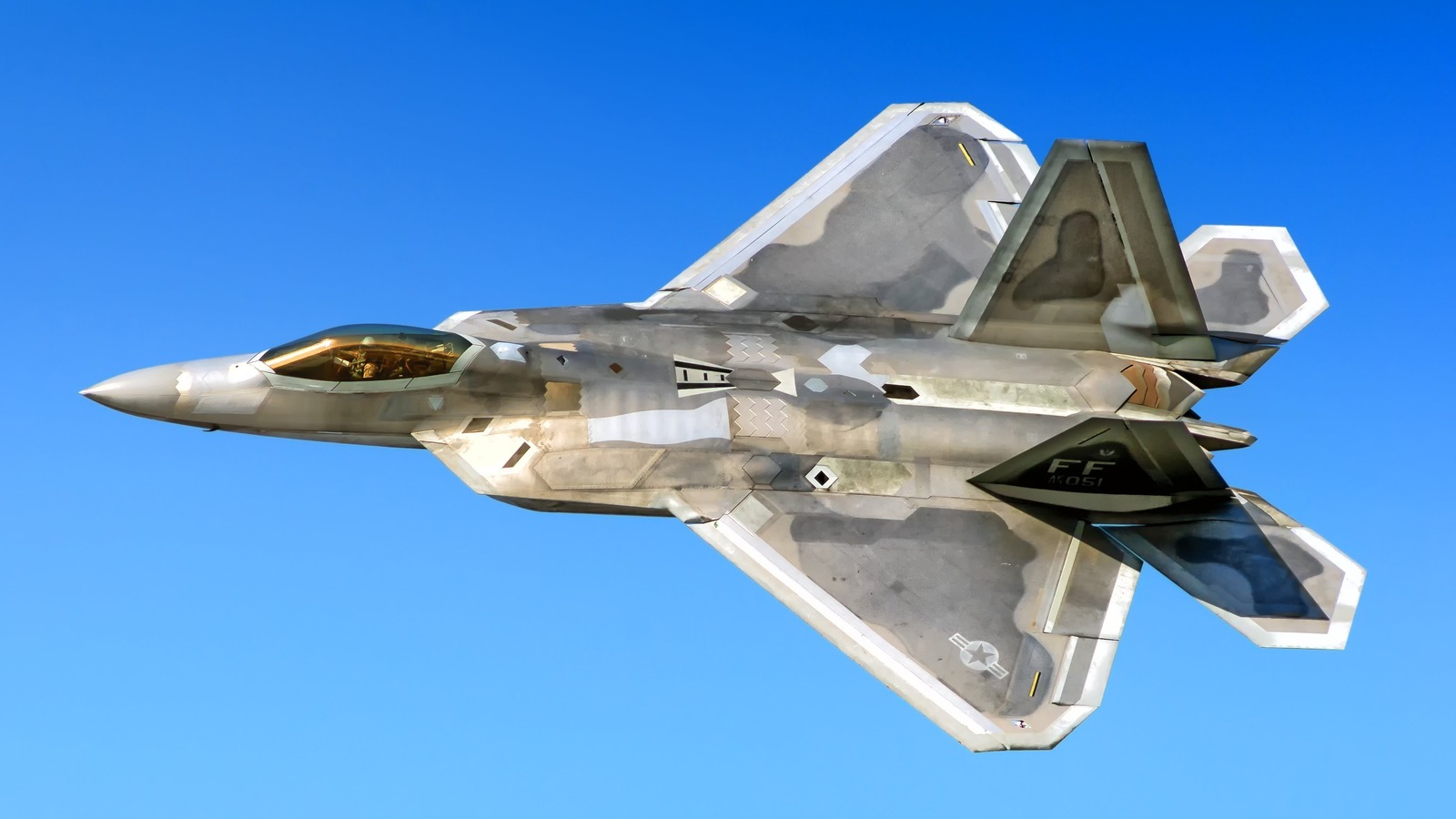
The first change that new fighter jets will experience is a modular redesign. Instead of relying on the same chassis development tactics that have underpinned previous aircraft, these new sixth-generation fighters will be totally modular. This means that weapons system upgrades, component exchanges, and routine improvements to help maintain the longevity of individual aircraft and the viability of the fleet for overall mission success will be built into the new fighter jets from the moment they leave the assembly facility.
Modular design will allow the jets to evolve alongside continuously changing technology. The B-21 Raider, for instance, was unveiled in December 2022, marking the U.S. military’s first foray into sixth-generation aircraft design. The bomber will likely eventually take over the duties of the B-2 bomber that’s been in service for more than three decades. It’s built to feature adaptability as a key component of the aircraft’s design. Lloyd Austin, the U.S. Secretary of Defense, noted at Northrup Grumman’s Palmdale plant that the bomber will be capable of carrying and utilizing weapons that have yet to be invented.
This is perhaps the core of sixth-generation aerial technology — wide-ranging utility that stands ready to integrate cutting-edge innovations without hesitation.
Stay connected with us on social media platform for instant update click here to join our Twitter, & Facebook
We are now on Telegram. Click here to join our channel (@TechiUpdate) and stay updated with the latest Technology headlines.
For all the latest Gaming News Click Here
